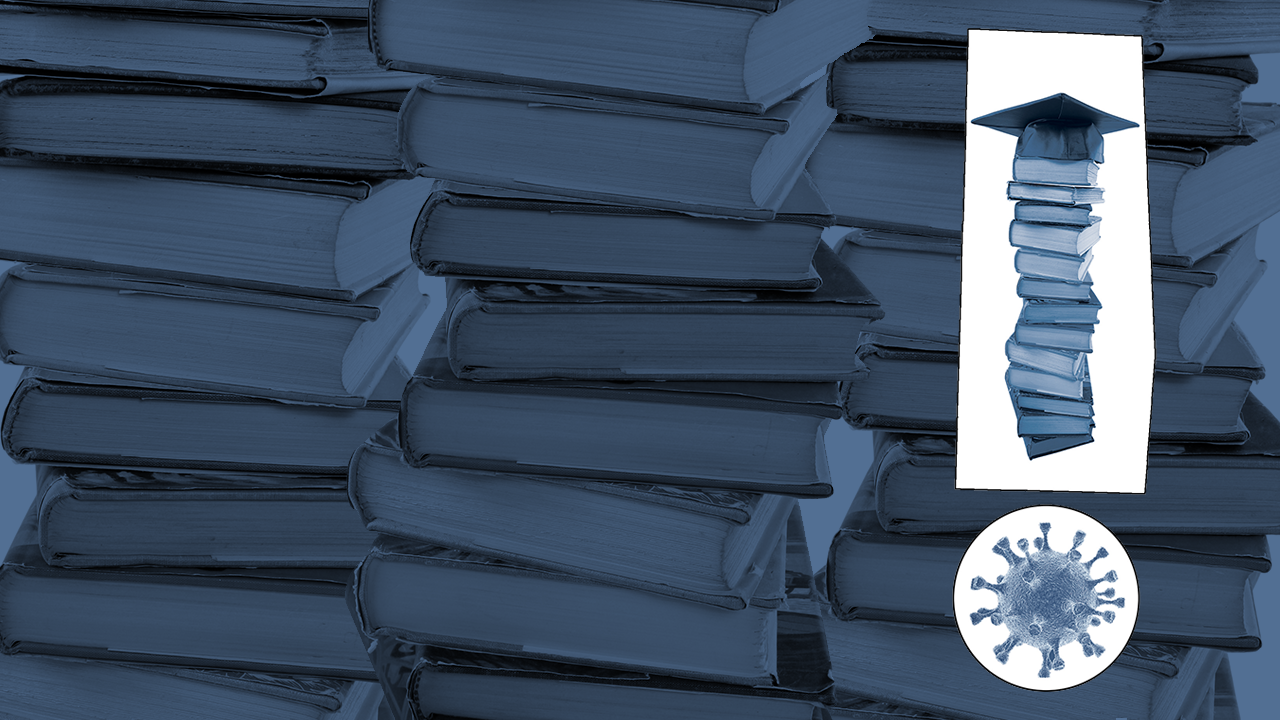As a 14-year-old high school sophomore, I was selected as one of 23 students in northern California to participate in the Stanford Medical Youth Science Program (SMYSP) at Stanford University, CA. The goal of this program is to expose underserved youth to the health professions. As US Supreme Court Justice Sonia Sotomayor, the first Hispanic on the high court, wrote in her autobiography, “When a young person, even a gifted one, grows up without proximate living examples of what she may aspire to become, her goal remains abstract. But a role model in the flesh provides more than inspiration; his or her very existence is confirmation of, ‘Yes, someone like me can do this.’”*
Before the SMYSP program, I did not know what it looked like to be a Black physician. During this program, I was charged with completing a research project about a physician to whom I aspired to be, and so I drafted a paper on Alexa Canady, MD, FACS, the first African-American woman neurosurgeon in the US. I was moved by Dr. Canady’s story. She was my first example of a Black woman surgeon. I studied her life and her legacy. The impact of her accomplishments stayed with me from that time on, encouraging me when self-doubt crept in as the youngest of my siblings and the first in my family to graduate from college. I distinctly remember that on my last day in the SMYSP I wished that one day I would grow up to be a surgeon about whom other young women wrote research papers. My dream from that summer on was to become a neurosurgeon just like Dr. Canady, and while I did not pursue neurosurgery, I am a general surgery resident today because of her example.
My dream of becoming like Dr. Canady had humble beginnings. Every morning, as a freshman in high school, my day would begin with a military-like wake-up call—my father pulling me out of bed at 5:15 am sharp. After dressing, preparing breakfast, and packing our lunches, the daily ritual began at the dining room table. Opening his Bible to the bookmark, he slowly read, occasionally pausing as a cue for me to help him sound out unfamiliar words like “d-e-l-i-v-e-r” and “t-r-a-n-s-g-r-e-s-s-i-o-n-s.” Using the elementary phonics I learned in first grade to help him pronounce a word, I also kept a dictionary by our side and made him look up each word he did not know. The man who clothed, fed, and sheltered me looked to me for guidance every morning, to learn literacy skills he never acquired. At this young age, my relationship with my father had already evolved. Though I relied on him for basic necessities, he relied on me for basics like reading house bills to him.
I am the youngest of eight children, but I am the only one who excelled academically. My older siblings barely graduated high school, with three graduating from a continuation school. Thus, the onus of helping my father overcome his illiteracy fell upon me.
By 6:00 am, we would finish our session and head out the door to begin our days and endure our separate struggles. My father would make his way to the laborers union, waiting in line for a work assignment. Some of these jobs would last a month, others a year. We never knew. Although we never had any guarantees of a steady income, my father always found a way. Realizing the disservice a lack of education caused him, he made it clear to his children that school should be our focus. However, he knew something was wrong with the Oakland Public School System, CA, and refused to let me endure the inadequacies that had academically stunted my older siblings. My father’s 14-hour days made it possible for me to attend private school. Through his sacrifices, I made the 2-hour journey, after our morning ritual, four cities away to a private high school.
My parents, in their own unique ways, became the architects of my medical career. “Untraditional” is the word I would use to describe my family. When I was 2 months old, my parents divorced because of my mother’s crack cocaine addiction. She stayed out of my life until my senior year of high school, leaving my father to raise a young woman the best he knew how. As the youngest of 11 children raised by a Louisiana sharecropper, my father learned to pick cotton and groom cattle but could not read me bedtime stories. He went on to become a successful serial entrepreneur at the end of his career, and, to me, he is the embodiment of resilience, courage, and tenacity. My mother exemplified self-sacrifice. She starved herself of her children, knowing that it was better than subjecting them to the hardship of being raised by an unstable parent, then overcame addiction, allowing her to grow a new, vibrant relationship with her children. These qualities provided a strong foundation for me to not only to pursue my dreams, but achieve them. Together with Dr. Canady’s inspiring story and the characteristics instilled in me by my parents, I was empowered to achieve the dream of becoming a surgeon.
I was once asked whether I believed in the notion, “You can become whatever you dream to become.” I retorted, “Why wouldn’t I?” My colleague explained, “It is true, we can become whatever we dream to become, but it is also true that we can only dream of what we have seen.” My colleague was absolutely right. How can you become something, or even dream of something that you’ve never seen? Seeing Dr. Canady deliver the Olga M. Jonasson, MD, Lecture at the American College of Surgeons Clinical Congress reminded me of the path she and other distinguished women surgeons have paved for me, allowing me to become a surgeon, and for this, I am eternally grateful.









